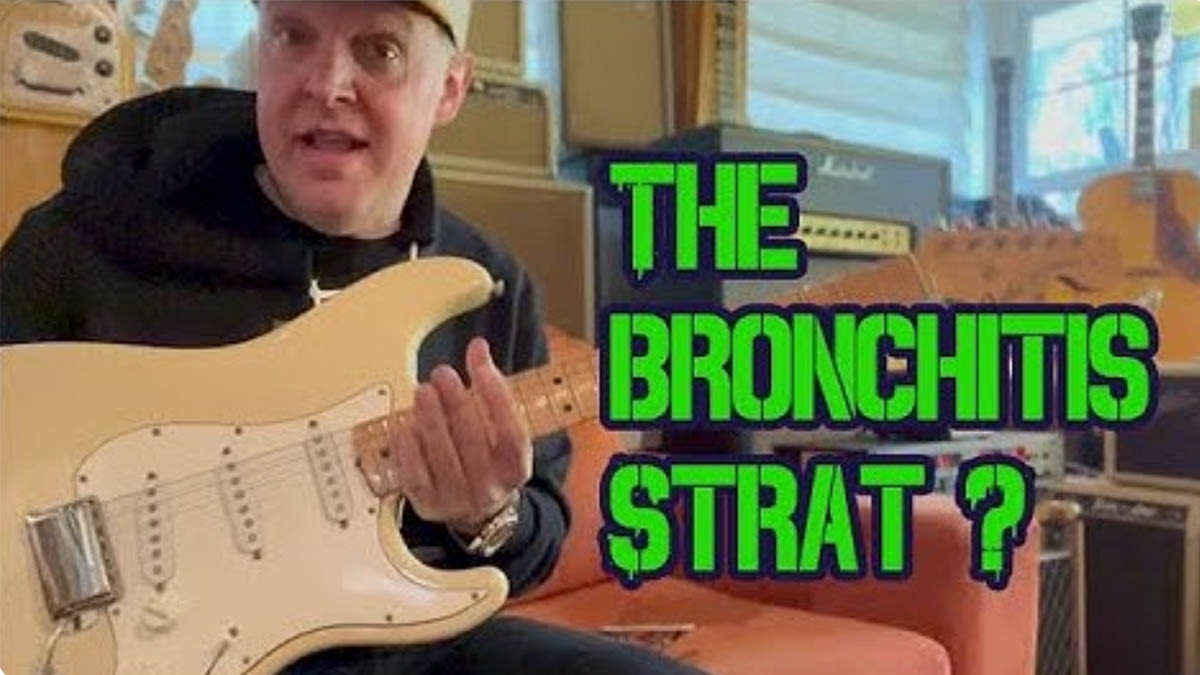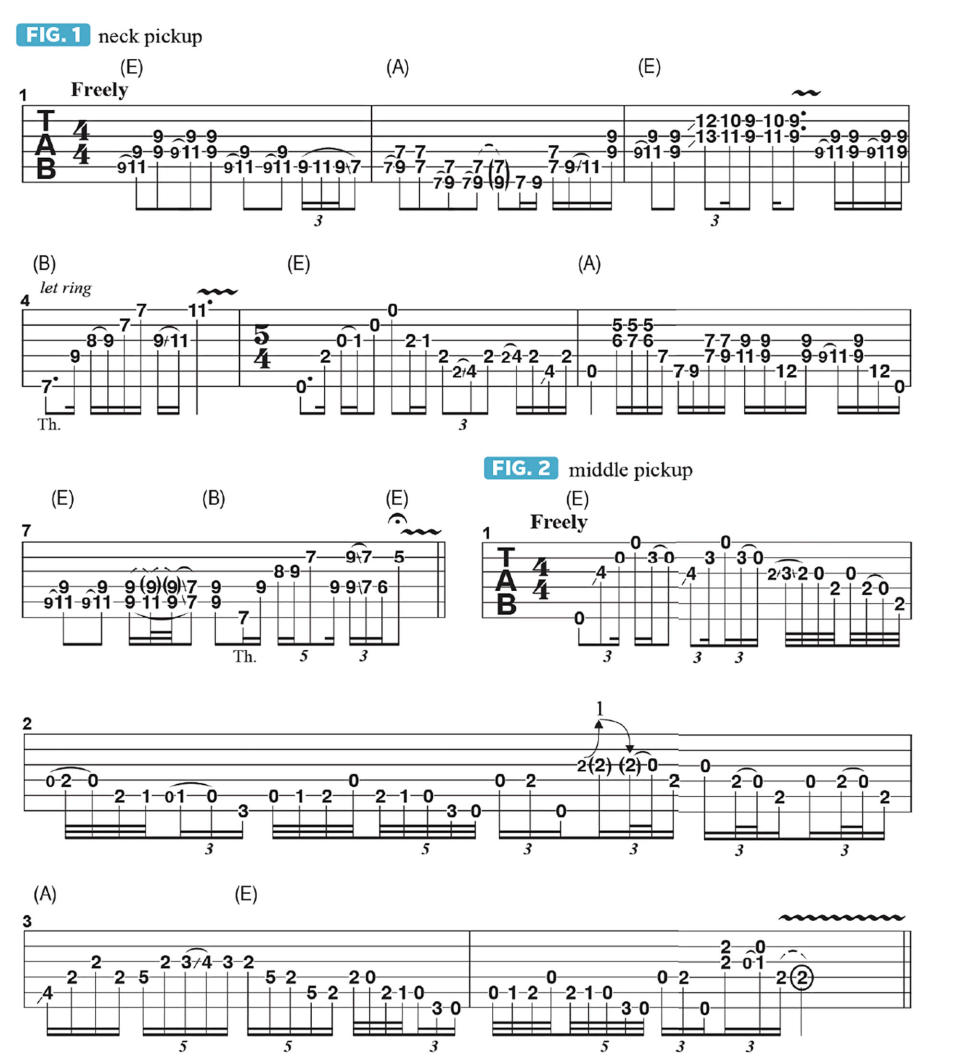“This is a rare instrument and a cool example of something Jimi would have played back in 1969/1970”: Joe Bonamassa teaches us his favorite Hendrix-inspired licks on a very special Stratocaster

- Oops!Something went wrong.Please try again later.
- Oops!Something went wrong.Please try again later.
This month’s “Tool of the trade” is a 1969 white “maple cap” Fender Stratocaster, which I refer to as my “bronchitis Strat.” I purchased this guitar in Des Moines, Iowa, in 2017. While the band was in Chicago, our crew were staying in Des Moines and my tech, Mike Hickey, had been at a music store the day before and took a picture of this guitar and sent it to me.
Since my earliest days of guitar collecting, I had been looking for a Jimi Hendrix “Woodstock” Strat, which in this case is a white one from 1969 with a “maple cap” fretboard. The neck is one piece of maple, and then affixed atop of it is a separate maple fretboard.
My manager wanted me to cancel the show we had scheduled in Des Moines that night because I was suffering from a bad bout of bronchitis; I could barely breathe or walk, let alone perform. But I decided to go through with the show, basically because I just wanted to go to Des Moines to buy this guitar before the gig.
Luckily, the doctors pumped me full of meds, and I played the show, purchased the guitar, and never looked back! This is a rare instrument and a cool example of something Jimi would have played back in 1969/1970. When I bought it, it still had the original tags on it, as well as the “ash tray,” as the bridge cover is affectionately known.

Figure 1 is an example played with the guitar set on its neck pickup: the sound is full and warm, especially if you strike the strings over the neck pickup or the fretboard itself, as Jimi would often do.
All of the phrases here are along the lines of what Jimi would play on songs such as Little Wing, The Wind Cries Mary or Bold As Love: I begin by sounding E major triads via hammering on from F#, the 2nd, to G#, the major 3rd, while barring across the D and G strings at the 9th fret.
In bar 2, this technique modulates to A and then returns to E in bar 3, supplemented with double-stop (two-note) slides up and down the G and B strings. I switch to B major chord embellishments in bar 4, then move from E to A to B and resolve the line back to E.
In Figure 2, I switch to the middle pickup, which yields a throatier, more mid-rangy sound. These bluesy lines are based primarily on the E blues scale (E, G, A, Bb, B, D) and played SRV-style, with an abundance of quick pull-offs and finger slides.

I engage the guitar's bridge pickup in Figure 3 and play classic blues-type lines in the key of G, once again relying on quick slides, hammer-ons, and pull-offs. Though the sound is strident, the maple cap adds more heft and fullness to the tone.
While on the neck pickup, this guitar will yield those beautiful, hollow rhythm sounds we all associate with Hendrix classics like The Wind Cries Mary. 1969 “maple cap” white Strats are hard to find, so if you come across one, it’s well worth the investment!

